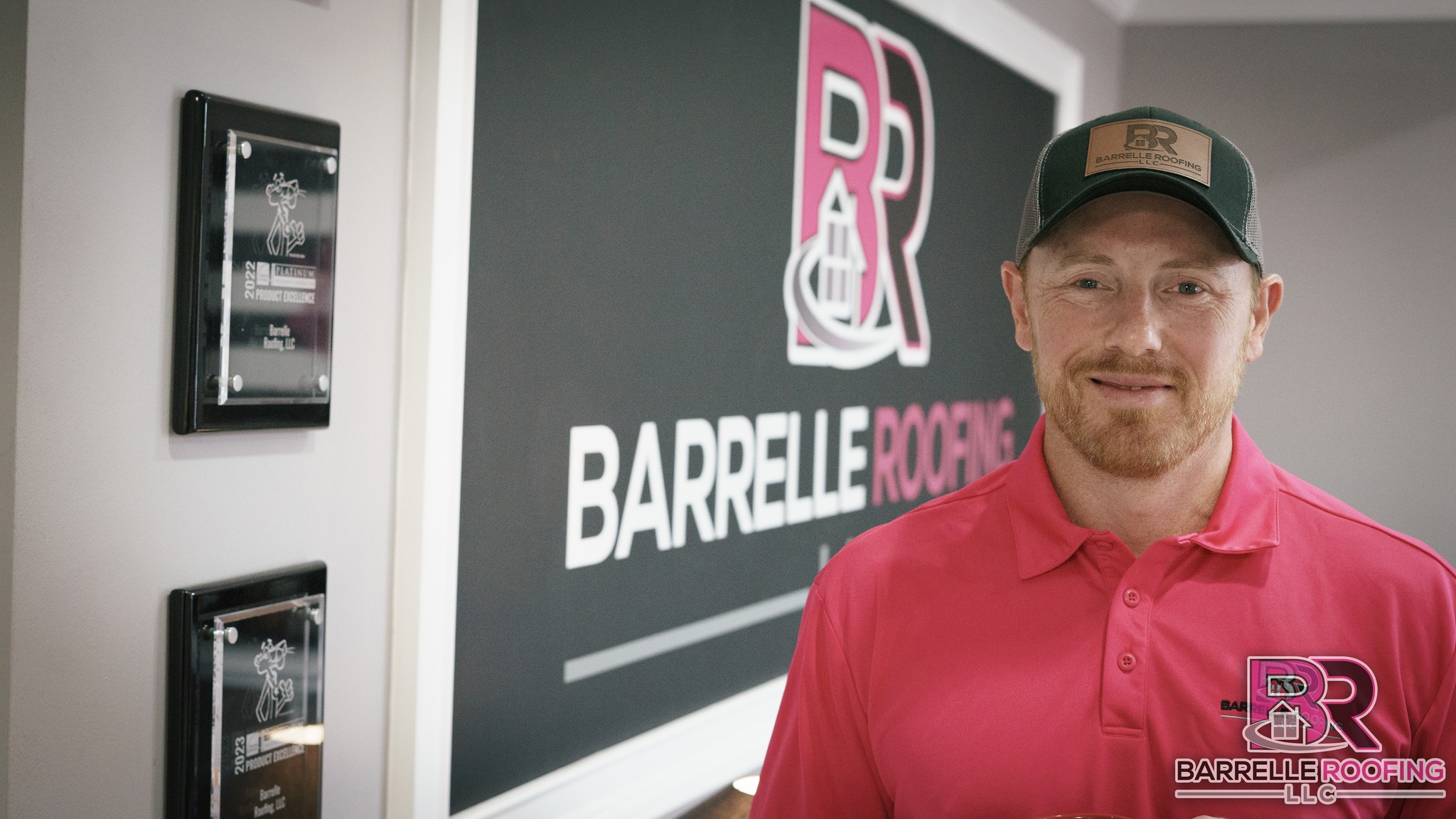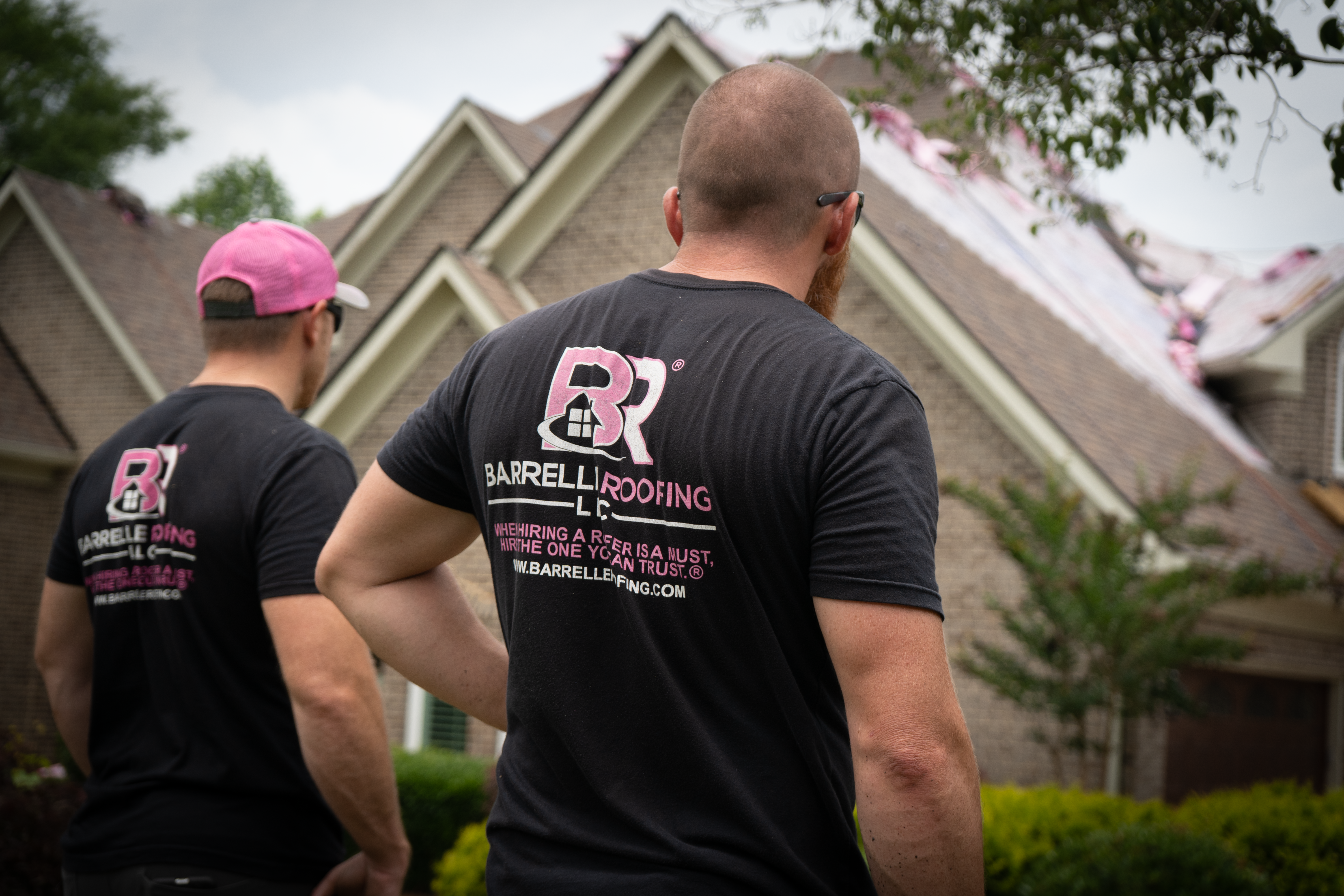
Barrelle Roofing
Roofing FAQ
Frequently Asked Roofing Questions
Here we answer some of your MOST asked questions about your roof and roofing contractors!
Question: How Soon Should a Homeowner Get Their Roof Inspected After a Hailstorm?
Here’s Your
Answer
Roofing FAQ
When a hailstorm hits, most homeowners rush to check their cars, windows, or outdoor furniture—but the roof often goes unnoticed. Even if everything looks fine from the ground, hail can cause hidden damage that leads to leaks, structural issues, and costly repairs down the road. That’s why knowing how soon you should get your roof inspected after a hailstorm is critical to protecting your home.
The Short Answer: As Soon as Possible
Roofing professionals recommend scheduling a roof inspection within 24–72 hours after a hailstorm. This quick turnaround provides several major benefits:
-
Early detection prevents bigger problems – Hail damage often starts small, like bruised or fractured shingles, loosened granules, or tiny punctures in flashing. Left unaddressed, those minor issues can turn into leaks, rot, or mold.
-
It strengthens your insurance claim – Insurance companies typically have deadlines for reporting hail damage. The sooner an inspection occurs, the easier it is to document the storm-related issues and avoid disputes.
-
You get ahead of other homeowners – After major storms, reputable roofing companies get booked quickly. Early scheduling ensures you’re not waiting weeks for help.
Why Fast Inspections Matter: Hidden Damage Is Real
Hail doesn’t have to be golf-ball sized to cause problems. Even small hail can weaken shingles, wear away protective granules, and create soft spots you can’t see from the ground. These issues don’t always cause leaks right away. In fact, some homeowners don’t notice damage until months later—when water stains and interior problems begin.
A professional roofer knows how to spot subtle hail impacts that the untrained eye can easily miss. They’ll look for:
-
Granule loss that exposes asphalt
-
Bruised or cracked shingles
-
Dented metal vents, flashing, or gutters
-
Damage around skylights, chimneys, and roof penetrations
-
Signs of impact that compromise shingle life expectancy
Catching these problems early can save thousands of dollars over the life of your roof.
Don’t Rely on a Quick “Look” From the Ground
A roof can appear perfectly normal from your driveway, but still have dozens of impact marks. That’s why it’s important not to try to self-diagnose storm damage. Walking the roof without proper safety training or equipment can also be dangerous.
A professional inspection gives you peace of mind—and documentation.
How a Post-Hail Inspection Works
Most inspections are quick, free, and require no obligation. A trusted roofing company will:
1. Review the severity of the storm in your area
2. Examine shingles, flashing, vents, and gutters for impact damage
3. Photograph and document all findings
4. Provide a report for insurance if damage is present
5. Offer repair or replacement recommendations (only if needed)
This process ensures you have accurate evidence of storm damage before filing a claim.
Final Thoughts
If your home has just been through a hailstorm, don’t wait. Schedule a professional roof inspection within a few days of the storm—even if everything looks fine. Fast action protects your home, preserves your roof’s lifespan, and ensures your insurance company has the documentation it needs.
A quick inspection today can prevent a costly headache tomorrow.
Need A New Roof?
